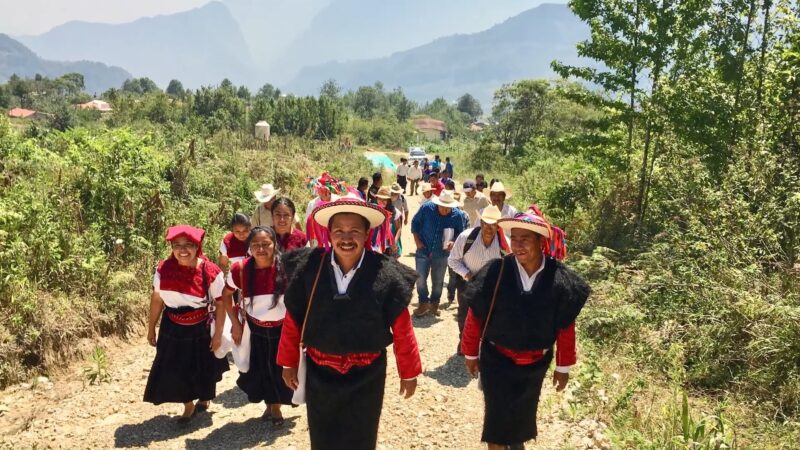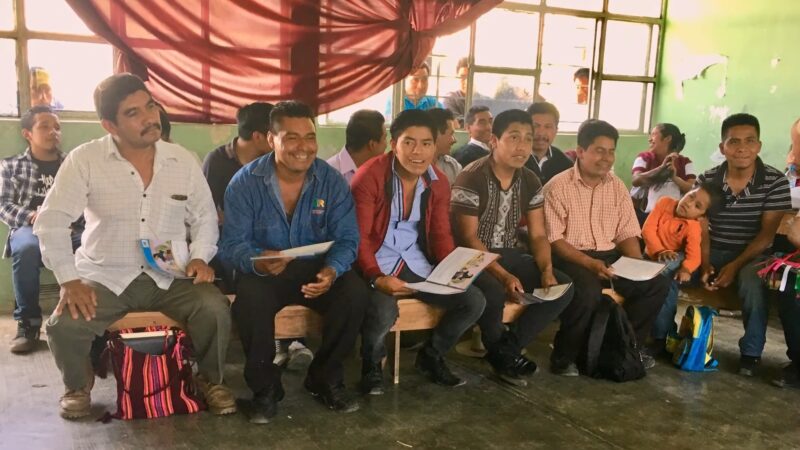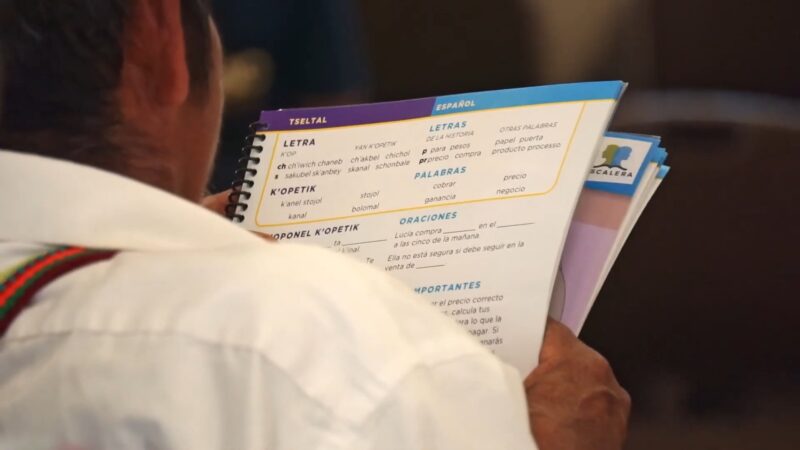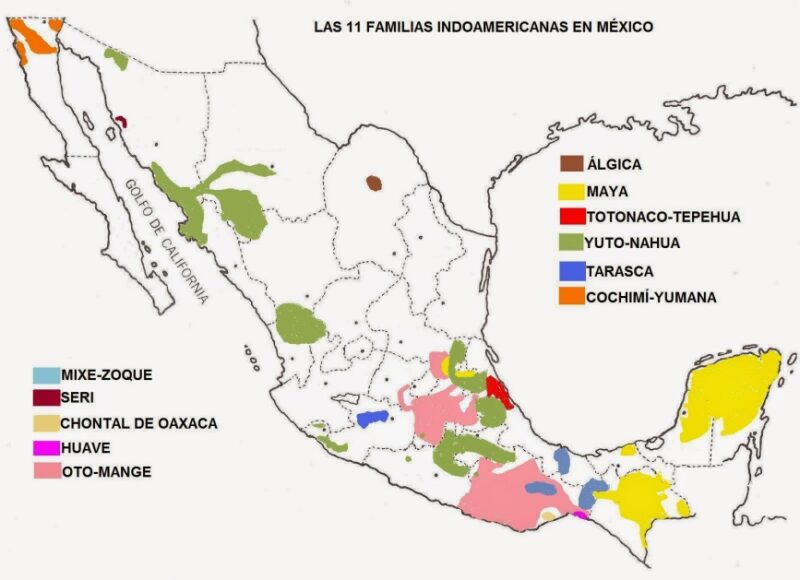Tabasco, a southeastern Mexican state, is renowned for its natural beauty, biodiversity, and cultural diversity, and is home to over 2.5 million people of varied ethnic, social, and linguistic backgrounds. This article looks into the languages spoken in Tabasco, examining their origins and characteristics, to understand their role in the state’s history and identity.
It also addresses the challenges and opportunities in preserving and revitalizing these languages, aiming to inform and educate about Tabasco’s linguistic heritage and its contribution to Mexico’s and the world’s linguistic diversity.
Local Spanish Language
The official and dominant language of Tabasco is Spanish, the language of the colonizers who arrived in the region in the 16th century. Spanish is spoken by almost all of the population, either as a first or a second language.
However, the Spanish language spoken in Tabasco is not homogeneous or uniform. It has various features and variations that distinguish it from other varieties of Spanish spoken in Mexico and elsewhere.
There are certain features and variations of the Spanish language unique to Tabasco.
Accent

The Tabasco accent is characterized by a soft and melodic intonation, a clear and precise pronunciation, and a tendency to stress the last syllable of words. The Tabasco accent is influenced by the indigenous languages of the region, especially Chontal, which has a tonal system.
Vocabulary
The Tabasco vocabulary is enriched by words and expressions borrowed from the indigenous languages, as well as from other languages such as English, French, and Arabic. Some of these words and expressions are unique or common in Tabasco and reflect its culture, geography, and history.
For example, some words and expressions that are typical of Tabasco are pejelagarto (a type of fish), pozol (a drink made from corn and cacao), choco (a person from Tabasco), chontalada (a large group of people), and chambear (to work).
Grammar

Slang
Region’s slang is a colorful and creative way of speaking that is used by the people of Tabasco to express their emotions, opinions, and humor. The Tabasco slang is influenced by the indigenous languages, the regional culture, and the social context.
Certain slang words and phrases that are popular in Tabasco are guayaba (a person who is naive or gullible), chocochar (to chat or gossip), chilpayate (a child or a young person), chocoano (a person who is proud or arrogant), and chocoflan (a dessert made of chocolate cake and flan).
Indigenous Languages
Besides Spanish, there are also several indigenous languages spoken in Tabasco, which are the original and ancestral languages of the region. These languages belong to different linguistic families and branches and have different origins, distributions, and numbers of speakers.
According to the 2020 census, there are about 300,000 people in Tabasco who speak an indigenous language, which represents about 12% of the total population. These are some of the main indigenous languages spoken in Tabasco.
Chontal
Chontal is the most widely spoken indigenous language in Tabasco, with about 200,000 speakers. Chontal belongs to the Mayan linguistic family and has four main dialects: highland, lowland, coastal, and western.
It is a tonal language, which means that the pitch of the voice changes the meaning of words. Chontal has a Latin-based writing system, which was developed in the 20th century.
Some examples of words in Chontal are yokot’an (the people), naj (house), and k’ay (song).
Ch’ol
This is a Mayan language with around 40,000 speakers, prevalent in Macuspana and Tacotalpa of Tabasco, sharing its presence with Chontal. It features northern and southern dialects and is characterized by tonal variations and a Latin script.
Examples include “winik” (man), “k’ajk” (fire), and “tyumtyum” (butterfly).
Tzeltal
This is another Mayan tongue, that is spoken by about 20,000 people in Tenosique, alongside Ch’ol and Maya. It splits into Oxchuc, Bachajón, and Tenejapa dialects, also using tonal speech and Latin script.
Words like “batz’i” (true), “k’op” (word), and “ch’ul” (beautiful) are part of its lexicon.
The Maya language
This language, with roughly 10,000 speakers in Balancán, coexists with Ch’ol and Tzeltal. It is divided into Yucatec and Lacandón dialects and is unique in Tabasco for its historical hieroglyph-based writing system.
Maya words include “k’in” (sun), “naat” (wisdom), and “k’ux” (heart).
Zapoteco
Zapoteco, from the Oto-Manguean family, has about 10,000 speakers in Huimanguillo, Tabasco, alongside Spanish. Its primary dialects are Isthmus and Sierra. This tonal language utilizes a Latin alphabet, with words like “binni” (people), “gola” (water), and “xhon” (flower).
Nahuatl
This language, part of the Uto-Aztecan family with around 5,000 speakers in Teapa, Tabasco, coexists with Spanish. It has central and eastern dialects and is known for its complex prefixes and suffixes, using a Latin script introduced by Spanish missionaries.
Notable words include “tlatoani” (ruler), “nepantla” (middle), and “xochitl” (flower).
Tzotzil
Tzotzil is another Mayan language and has about 2,000 speakers in Tabasco which is mainly spoken in the municipality of Jalapa, where it coexists with Spanish.
It has two main dialects: Chamula and Zinacantán. Tzotzil is also a tonal language and has a Latin-based writing system.
Examples of words in Tzotzil language are bats’il (good), jol (head), and k’ok’ (star).
Linguistic Preservation & Revitalization in the Region

The languages spoken in Tabasco are not only a means of communication, but also a source of identity, culture, and knowledge. They reflect the history and diversity of the people of Tabasco and their relationship with their environment and their ancestors.
However, the languages spoken in Tabasco are also facing various challenges and threats that endanger their survival and vitality. Some of these challenges and threats are:
- Globalization and Linguistic Homogenization: The increasing influence of global languages, particularly Spanish and English, is leading to the homogenization of language use, often at the expense of local languages.
- Urbanization and Migration: As people move from rural to urban areas, or migrate for economic reasons, there is a tendency to adopt the dominant language of the new area, which often leads to a decline in the use of indigenous languages.
- Educational Policies: Education systems often prioritize national or global languages over local ones, limiting the opportunities for younger generations to learn and use their ancestral languages.
- Technological Gaps: The lack of representation of local languages in digital media and technology can create a gap, making these languages seem less relevant in the modern world.
Despite these challenges, there are significant opportunities for the preservation and revitalization of Tabasco’s linguistic heritage:
- Cultural Revival Movements: Growing awareness and pride in indigenous cultures can fuel movements to revive and maintain local languages.
- Educational Reforms: Incorporating indigenous languages into the education system can help preserve them for future generations.
- Technology and Media: Leveraging modern technology and media to promote and use local languages can enhance their visibility and appeal, especially among younger people.
- Community and Government Initiatives: Collaborative efforts between communities and governmental bodies can lead to effective policies and programs for language preservation.
FAQ
What distinguishes Tabasco’s Spanish from other Mexican regions?
The Spanish spoken in Tabasco is distinct in its accent, vocabulary, and certain grammatical aspects. The accent is soft and melodic, with clear pronunciation and a tendency to stress the last syllable. The vocabulary includes unique words influenced by indigenous languages and other foreign languages. Additionally, grammatical peculiarities, such as the use of suffixes for diminutives and variations in pronoun usage, set it apart.
Are there educational initiatives for indigenous languages?
Yes, there are efforts to incorporate indigenous languages into the educational curriculum in Tabasco. These initiatives aim to preserve linguistic heritage by enabling younger generations to learn and use their ancestral languages, contributing to their revitalization and maintenance.
How does technology impact the preservation of Tabasco’s indigenous languages?
Technology can both challenge and aid in the preservation of indigenous languages. While the underrepresentation in digital media can make these languages seem less relevant, leveraging modern technology to promote and use local languages enhances their visibility and appeal, especially among the youth.
What effect do urbanization and migration have on the region’s indigenous languages?
Urbanization and migration often lead to a decline in the use of indigenous languages as people adopt the dominant language of their new environment. This shift can result in a loss of linguistic diversity and a weakening of cultural connections.
How important are community and government efforts in preserving languages?
Community and government initiatives play a crucial role in language preservation by developing policies and programs that support the use, teaching, and revitalization of indigenous languages. These collaborative efforts help to create a supportive environment for linguistic diversity.
Can media and technology usage aid in preserving indigenous languages?
Absolutely. Incorporating indigenous languages in media and technology can significantly aid in their preservation. It helps in making these languages more accessible and relevant in today’s digital world, increasing their use among the younger population and raising awareness about their importance.
Bottom Line
The linguistic landscape of Tabasco, rich and diverse, is a vital part of the region’s cultural identity and heritage. While these languages face significant challenges due to globalization, urbanization, educational policies, and technological gaps, there is also a window of opportunity to safeguard and rejuvenate them.
Embracing cultural revival movements, educational reforms, and technological advancements can play a crucial role in this endeavor. Moreover, concerted efforts by communities and governments can foster an environment where these languages not only survive but thrive.
By acknowledging and supporting the linguistic diversity of Tabasco, we can contribute to preserving a vital aspect of human knowledge and cultural richness, ensuring it continues to flourish for generations to come.

